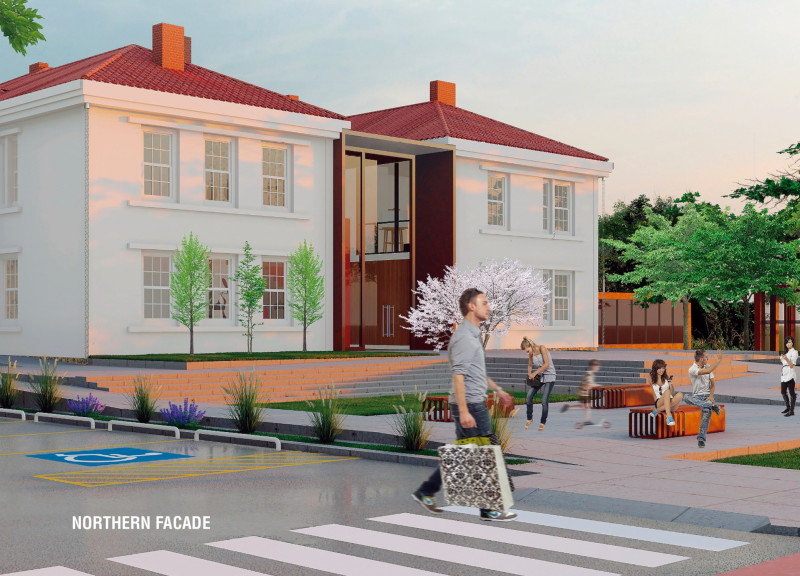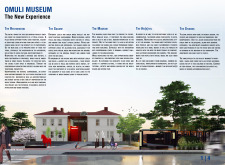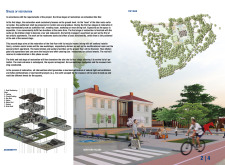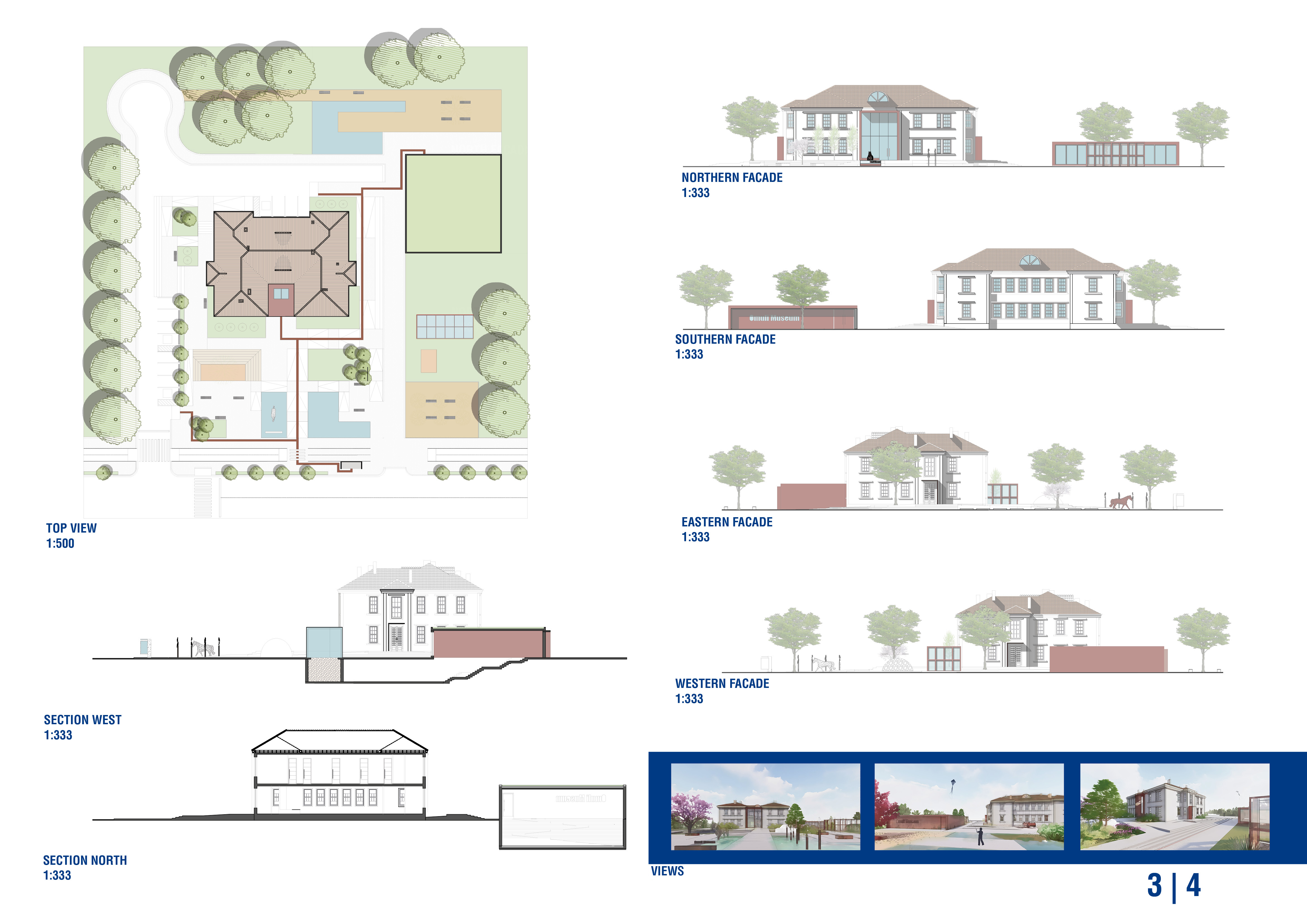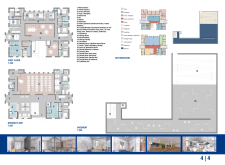5 key facts about this project
At the core of the Omuli Museum's design is a commitment to both preservation and modernity. The project represents a nuanced understanding that architecture is more than just a physical structure; it is a narrative woven into the fabric of the community it serves. As a result, the museum is conceived as a place where history and contemporary life coexist, allowing visitors to explore artistic expressions while being immersed in the site's heritage.
The functional layout of the museum highlights its versatile nature. The ground level is designed to serve as a social space, featuring an auditorium for presentations, workshops for community engagement, and open areas that promote interaction among visitors. By prioritizing communal experiences, the design fosters a sense of belonging and encourages a flow of activities that attract diverse groups. The emphasis on multifunctional spaces is a key aspect of the design, ensuring that the museum can adapt to various events and community needs.
Elevations and architectural sections reveal a deliberate approach to materiality, with an emphasis on transparency and light. The use of large glass facades invites natural light, blurring the boundaries between the interior and exterior. This intentional integration of landscape with the museum's architecture fosters a welcoming atmosphere, encouraging visitors to explore both the building and its surroundings. Concrete provides durability and structural integrity where needed, while steel elements reinforce the building’s framework without detracting from its aesthetic appeal. The inclusion of wood in finishes adds a warm, inviting quality to the interior spaces, making the museum feel approachable and comfortable for all users.
Unique design strategies are evident throughout the project. One notable feature is the phased restoration approach that emphasizes the gradual evolution of the museum space. This methodology respects the historical context while allowing for adaptation to contemporary requirements. It enables the museum to evolve over time, reflecting both continuity and change—attributes that are essential for a cultural institution aiming to stay relevant in a dynamic environment.
The outdoor areas surrounding the museum have been designed as extensions of the indoor spaces, enhancing the overall visitor experience. Features such as walking paths, shaded contemplation zones, and vibrant landscaping create an inviting environment that encourages people to linger and engage with the art and culture present. The incorporation of water features and smooth mounds further enriches the landscape architecture, providing sensory experiences that are both calming and stimulating.
The Omuli Museum project exemplifies a thoughtful intersection of historical relevance and contemporary design. It is an architectural endeavor that showcases a refined understanding of community needs, cultural significance, and sustainable practices. For those interested in exploring the full scope of what this project has to offer, examining the architectural plans, sections, designs, and ideas is highly recommended. By delving into these elements, one can gain a deeper appreciation for the intricate details and design philosophies that inform this impressive museum.


